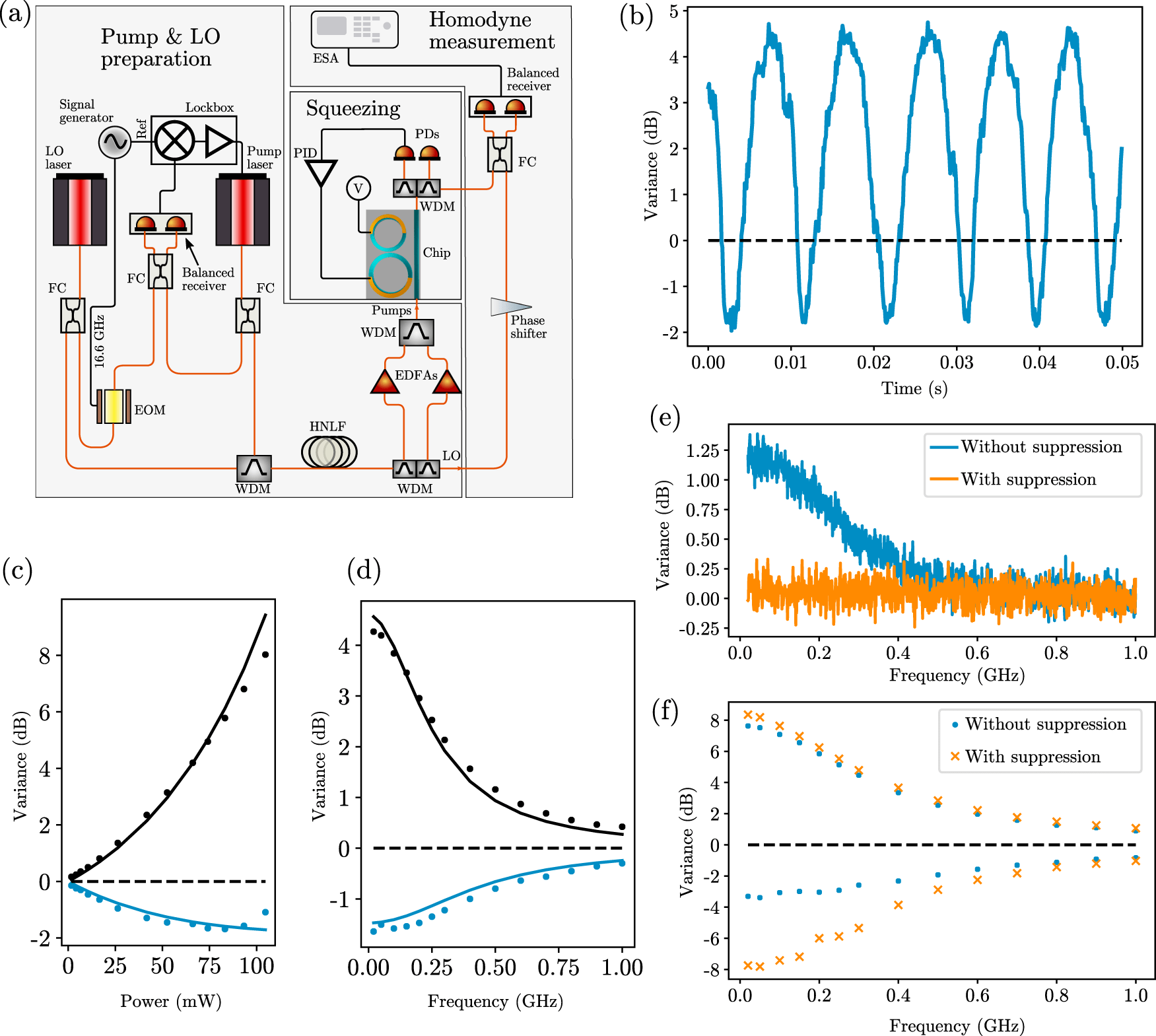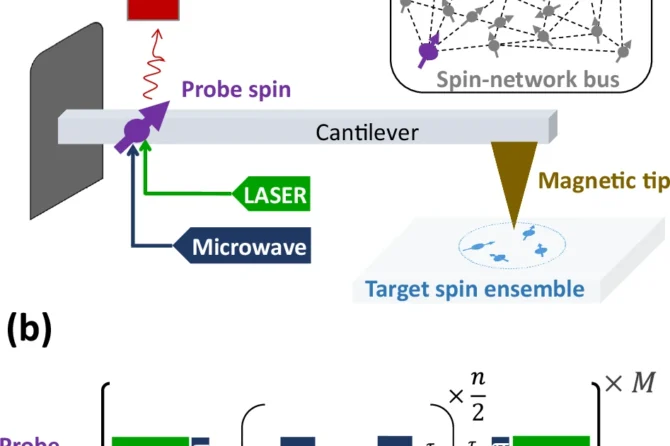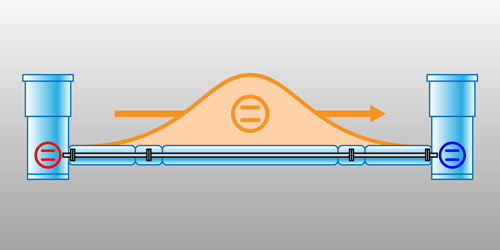Researchers at MIT Lincoln Laboratory have turned to a promising ion traps pair candidate for qubits: ions of calcium (Ca) and strontium (Sr).
The team has described using these ions to perform quantum logic operations and found them to be favorable for multiple quantum computing architectures. Among their advantages, these ions can be manipulated by using visible and infrared light, as opposed to ultraviolet, which is needed by many types of ions being used in experiments. Unlike for ultraviolet light, technology that would be able to deliver visible and infrared light to a large array of trapped ions already exists.
The fidelity of the Ca+/Sr+ entanglement in their experiment was 94 percent. Fidelity is the probability that the gate between the two qubits produced the quantum state it was expected to. This system’s fidelity is high enough to demonstrate the basic quantum logic functionality, but not yet high enough for a fully error-corrected quantum computer. The team also entangled ions in different configurations, such as the two ions on the ends of a Sr+/Ca+/Sr+ string, with similar fidelity.
The paper has published in npj Quantum Information.




